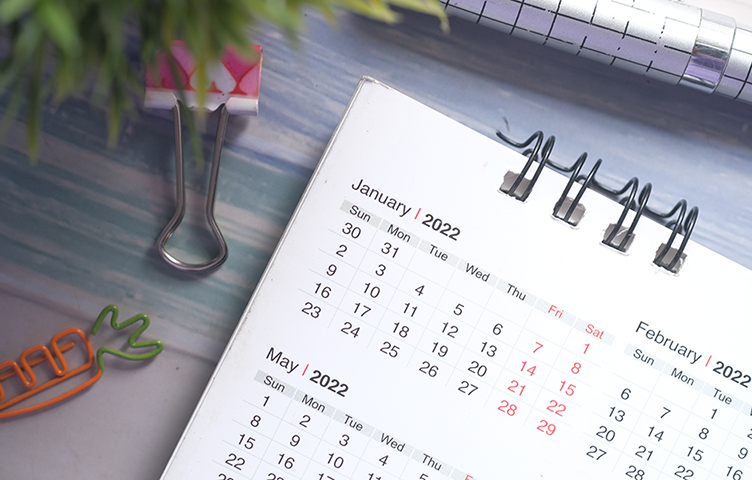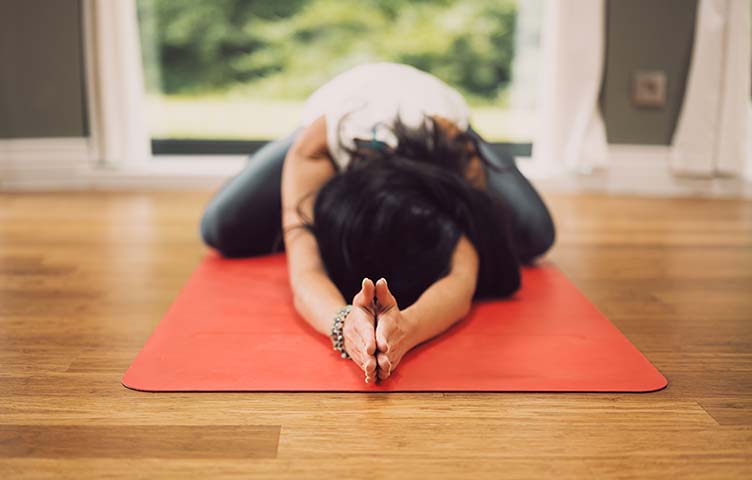Whether we realize it or not, we build routines often. One day, a coworker happens to eat lunch at the same time we do, so we eat together. Then we eat together the next day. Before we know it, we are texting each other daily about when to meet for lunch.
Or, we find a coffee shop on our way to work that makes the perfect latte. Soon, we are no longer making coffee at home. Instead, we are in line for our latte exactly ten minutes before we have to be at work—everyday.
Sadly, we also create routines that don’t necessarily work in our favor. For example, eating dinner in front of the TV during a stressful time, can easily become an every night occurrence. Limiting the meaningful conversation we have with our spouse, roommates, or family. And, we don’t even need to talk about the “scrolling through our phones when we’re bored” routine. I don’t know anyone who isn’t guilty of that. In other words,
We aren’t as bad at creating routines as we think.
We’re just not so good at building routines that will help move our lives in the direction we’d like them to go.
Over the past several years, in different areas of my life, I have felt the consequences of not being as thoughtful with my daily schedule as I needed to be, to truly thrive. And as each consequence (health issues, lack of community, unrealized goals, etc.) came along, I had the opportunity to build certain routines into my life to improve my situation. Though on the front end, these routines were a little bit of work, their returns where immeasurable.
For this reason, today I want to share with you 7 Steps to Building Healthy Routines. Unfortunately, it isn’t as easy as finding the perfect lunch date or coffee place. Nor is it as simple at downloading an App. But, I can promise you that if you follow these steps, you will have a greater chance of building routines in your life that will stick. So, take some time in your schedule, grab a notebook and open your calendar App, and start to build some healthy routines.
1. Look at the Big Picture
Healthy routines can’t be like the patches we apply to cover up the holes in our jeans. Rather, to really work, they have to become a part of the fabric of our lives. So begin by looking at your life in this season. Look at your responsibilities, your dreams, and everything in between. Write down a list of your values, and see how your current life is aligning with what is most important to you. Then,
2. Define Your Longterm Goals
Ask yourself where you would like to be in one, five or ten years. What do you hope to accomplish? What do you hope is true about your ten-years-older self? Once you have three to five goals written down, begin to:
3. List routines that will help reach your goals.
For example, if your goal is to run a marathon in the next five years, an action would be to come up with a training routine that will work in your current season. If your goal is to make more friends in your town, your action may look like signing up for a class, joining a gym, or picking up a hobby that may enable you to meet like-minded people. List at least five doable actions/routines for every longterm goal, then
4. Ask:What can I do this Season?
This is where things can become tricky. Compare your current schedule with your list of goals and their corresponding actions. There is a good chance, you can’t do it all. So, scrutinize both your calendar and you goal action list, and determine what things are most important in this season. What can you pick up? What can you lay down? You may have to let go of some things in your schedule, and some goal actions may have to wait. The important thing is to choose what is best in this season, for both you and your ten-years-older self.
5. Set a start date (but not tomorrow)
For each routine that you’ve committed to for this season, set a start date. Pick a day or time that isn’t too far away that you forget about it. But also, don’t pick tomorrow because you want to make sure you:
6. Set Yourself up for Success
To successfully implement and sustain healthy routines, we need to make sure we are both physically and mentally prepared. Figure out what supplies or tools you may need for your new routine. Pick a time in your schedule that you know will work for you longterm. Then finally:
7. Do It.
On your start day, do whatever your routine(s) entail. The next day, do it again. Then the next day, and the day after that—you get the picture—don’t give up.
How have you built routines in the past?
Is there anything on this list you haven’t considered before?
Would you like more from Melissaschlies.com delivered to your inbox?
If so, subscribe here.
Photo by Cathryn Lavery on Unsplash











